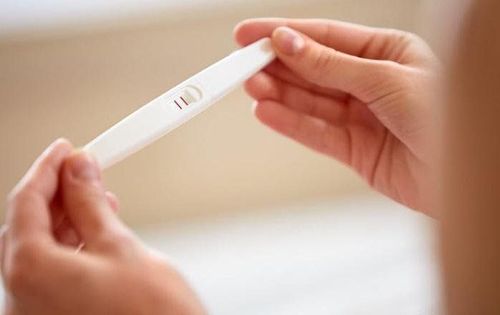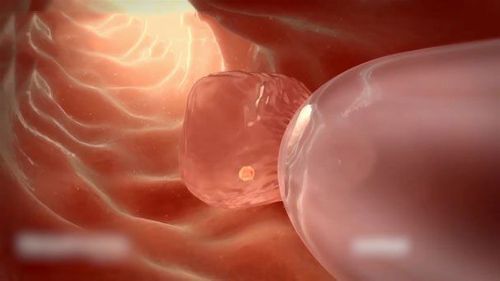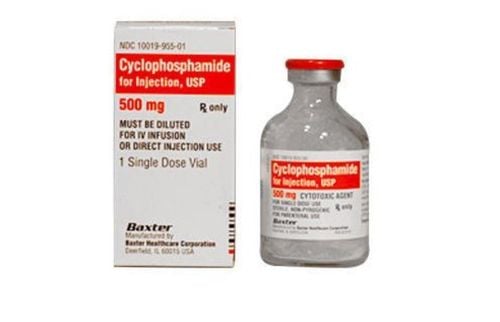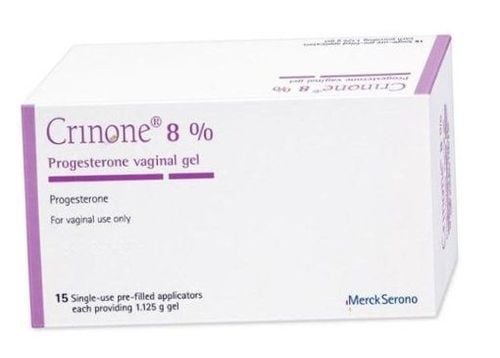This is an automatically translated article.
IVF is a method of assisted reproduction, using the technique of taking sperm from the husband and the wife's eggs for fertilization in a laboratory to create embryos and then, inserting the embryos into the uterus. of the wife to nest, start a pregnancy.
1. IVF process
To start an in vitro fertilization, you have to prepare a lot of things from psychology, health, cost to pregnancy preparation. You will have to do a lot of screening tests to be able to select healthy eggs and sperm, to ensure that the insemination is not risk-free, and that there are no complications later for the pregnancy.
Recommended video:
How does in vitro fertilization work?
During IVF, ovulation is very important, it can be said to be decisive for the effectiveness of fertilization.
According to the menstrual cycle, a woman will only ovulate one egg per month. Therefore, in order to be able to get many eggs at the same time to create more embryos, doctors will prescribe ovulation-stimulating drugs for patients who are preparing for IVF. starting on the 2nd day of the menstrual cycle.
Depending on each different case, the health status of each patient to be able to give an appropriate ovarian stimulation method. The methods of ovarian stimulation currently being widely applied in clinical practice are mainly using drugs to affect the hypothalamus, thereby affecting the ovaries through GnRH agonists and GnRH antagonists.
Current regimens for ovarian stimulation:
Clomiphen citrate regimen with gonadotropins. gonadotropins regimen alone. Combination regimen of GnRH agonist with gonadotropins. Long term plan. Of the above regimens, the combination regimen of GnRH agonist with gonadotropins is by far the most commonly used regimen for optimal effectiveness in cases of in vitro fertilization.
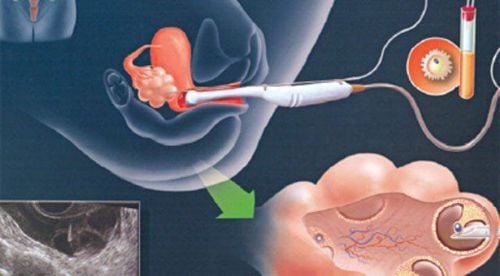
Hình ảnh buồng trứng được kích thích
2. GnRH agonist
GnRH is a hormone secreted in the hypothalamus, which stimulates the pituitary gland to synthesize and release FSH (stimulating the development of oocytes, stimulating oocyte maturation, stimulating estrogen secretion), LH ( luteal-stimulating hormone, ripens the ovum, initiates the release of the ovum, and increases oocyte secretion).
Stimulation mechanism:
GnRH agonist when introduced into the body will bind to the GnRH receptors of the pituitary gland, stimulating the pituitary gland to release FSH and LH. This is most effective when acting on the follicular phase. Long-term use of dual GnRH agonists for 1 to 2 weeks achieves pituitary suppression. When the pituitary gland is inhibited, the amount of FSH and LH secreted also decreases. The study demonstrated that the clinical use of GnRH did not affect the reduction of cycle rate but also increased the number of oocytes by stimulating the oocytes to develop synchronously. As a result, GnRH agonists improve the clinical pregnancy rate. Peak LH is an important factor that helps stimulate oocyte release and follicle maturation. GnRH agonist effectively prevents the LH peak, so it does not cause premature ovulation, but on the contrary, it causes inhibition on the development of granulosa cells as well as the development of the ovum. reduced oocyte quality leads to low fertilization rate, which, if fertilized, embryo quality is also low.
GnRH synergism increases the recruitment of follicular tissues to help follicles develop synchronously, so that many oocytes can be extracted at the same time, serving for in vitro fertilization, and having a larger number of embryos. to be able to select healthy embryos, increase the pregnancy rate.
Drugs used: Diphereline 0.1 mg subcutaneously, Diphereline 3.75 mg intramuscularly.
Route of use : daily subcutaneous injection or intramuscular single dose, or nasal spray.
Note: this method is not used for pregnant patients.
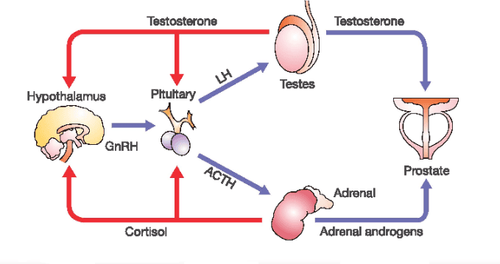
GnRH là một hormone được tiết ra ở vùng dưới đồi
3. Use of Gonadotropins
As an infertility treatment method applied to infertility cases due to a lack of ovulation and ovarian stimulation to support reproduction.
Gonadotropins is a hormone of the anterior pituitary gland including FSH and LH, in the placenta, the source of Gonadotropins is HCG. All three of these hormones have the effect of stimulating ovulation.
Some common side effects when using Gonadotropins for ovarian stimulation:
Ovarian hyperstimulation syndrome occurs: this case accounts for 5% of total patients using the method. Multiple pregnancy can occur due to stimulation of many follicles at the same time, developing at the same time. This possibility accounts for 25% of all cases. There is an increased risk of embolism in patients with obesity or a family history of cardiovascular disease. Local inflammatory reactions may occur: swelling, redness, pain, rash. Drugs used:
Recombinant FSH:
As the first line of drugs used in in vitro fertilization cases. Drugs for clinical use: follitropin α (Gonal-f) and follitropin β (Puregon) Usage: subcutaneous injection. Urine-derived FSH:
Clinical trials have shown that urine-derived FSH, when used for in vitro fertilization, has a lower conception rate than recombinant FSH. Drugs used: Fostimon, Menopur. Usage: single dose intramuscular injection. HCG:
Derived from urine. HCG is used to induce maturation of the ovarian follicle. Clinically, the lower the amount of HCG used, the lower the risk of ovarian hyperstimulation syndrome in high-risk patients. Brand name drugs: Pregnyl, Profasi. Usage: single dose intramuscular injection. In vitro fertilization is one of the most commonly used assisted reproductive techniques in clinical practice for infertile couples. Whether in vitro fertilization is successful or not, whether or not to have a healthy embryo depends on many factors, the most important being sperm and eggs. Stimulating the ovaries to increase the quality and quantity of the follicles to increase the rate of conception. Ovarian stimulation has many different regimens suitable for each case, so it is necessary to have an accurate diagnostic test before proceeding. Contact your doctor for the best advice on in vitro fertilization and ovulation methods.
Established in November 2014, so far Vinmec IVF fertility support center has performed fertility support for over 1000 infertile couples with a success rate of 45%-50%. This rate is equivalent to developed countries such as the UK, USA, Australia,...
The center gathers a team of leading experts in the field of obstetrics and gynecology nationally and internationally, trained in centers leading in the world such as in the US, Singapore, Japan, Australia and famous fertility centers in the world.
With a high level of expertise and extensive experience, Vinmec IVF Center's experts are capable of synchronously and comprehensively deploying the most advanced assisted reproductive techniques today, helping realize the dream of becoming a parent of hundreds of families across Vietnam.
Recommended video:
How long after embryo transfer does the embryo implant?
Please dial HOTLINE for more information or register for an appointment HERE. Download MyVinmec app to make appointments faster and to manage your bookings easily.




